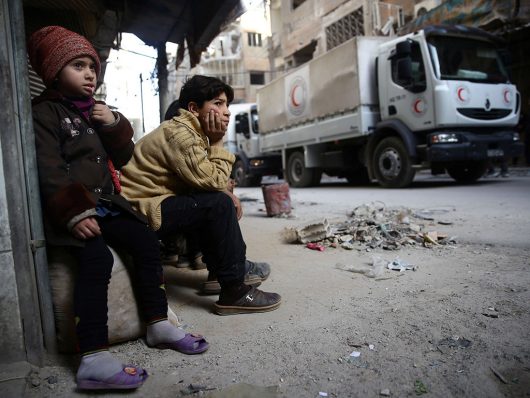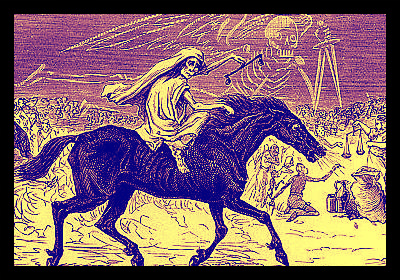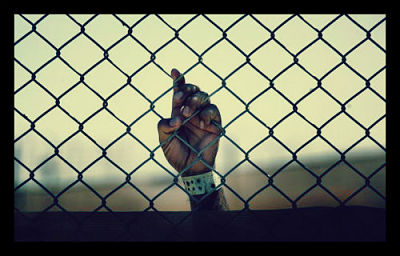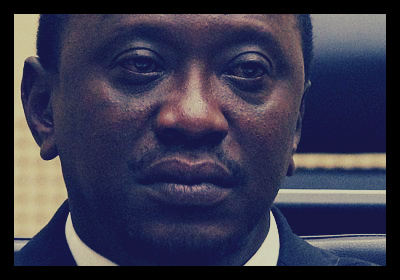 The Bosnian War was incredibly brutal and impacted millions of lives. Below are 10 important Bosnian War facts: how it began, what happened and how it ended.
The Bosnian War was incredibly brutal and impacted millions of lives. Below are 10 important Bosnian War facts: how it began, what happened and how it ended.
Top 10 Bosnian War Facts
- In the 1980s the decline of the Yugoslavian economy began to affect the state of affairs in Bosnia and Herzegovina. People wanted to see the end of communism, and various ethnic groups were vying for control of the area. By the early 1990s, the Serbs, Muslims and Croats living in Bosnia each desired to appropriate Bosnia and Herzegovina’s territory for their own countries and take control of the government and political field.
- Bosnian Croats and Muslims feared that Serbian president Slobodan Milošević, the leader of the Socialist Party of Serbia, would take their land, so they called for the independence of Herzeg-Bosnia. Bosnia and Herzegovina declared its independence on March 3, 1992. It was recognized by the U.S. and the European Community on April 7, 1992.
- On April 6, 1992, the Serbs began the Siege of Sarajevo, which lasted until Feb. 29, 1996. The Serbian paramilitary forces began the siege by holding positions inside the city and in the hills surrounding Sarajevo. By the first week of May, the Serbs had surrounded the whole city. This cut Sarajevo off from food, medicine, water, electricity, fuel and other supplies. The Serbs began firing on Sarajevo with advanced artillery but faced heavy defense from those mobilized with weapons within the city. Because the Serbs were facing opposition, they began to terrorize the city with intense gunfire and snipers. The Siege of Sarajevo lasted for 47 months and remains the longest siege in modern history.
- With Sarajevo, as well as several other cities isolated by force, the supply of food, utilities and communication became extremely limited and spread thin throughout the territory. This caused many cases of malnutrition and many citizens lost up to 33 pounds while some others lost their lives due to lack of access to supplies.
- Bosnian Serbs began the ethnic cleansing of large areas occupied by non-Serbs, primarily Muslims. The genocide destroyed entire villages and thousands of Bosnians were forced out of their homes and taken to detention camps where they were raped, tortured, deported or killed. The Serbians used rape in the Bosnian War as a tactic to increase terror.
- One of the most lethal Bosnian War facts came when Gen. Ratko Mladic led Serbian troops in capturing Srebrenica and killed more than 8,000 Muslims. Srebrenica had been previously declared by the U.N. as a safe area. The U.N. later indicted Radovan Karadžić, the orchestrator of the attack on Sarajevo, and General Mladic for genocidal war crimes.
- The Bosnian government was unable to access updated and necessary weaponry that the Serbian and Croatian armies maintained due to an international arms embargo imposed throughout the Bosnian War.
- Although the U.N. Protection Force occasionally sent troops to supervise humanitarian aid and protect declared safe areas, the U.N. overall refused to intercede in the Bosnian War.
- After NATO’s negotiations in Dayton, Ohio, in 1995, a final peace agreement was imposed and declared to bring an end to the Bosnian War. NATO enforced this through airstrikes until the leaders agreed to the ceasefire and signed the Dayton Peace Accords in Paris on Dec. 14, 1995.
- Throughout the Bosnian War, more than 250,000 people lost their lives and many more were displaced from their homes.
Even today, as a result of these Bosnian War facts, the territory remains highly divided between two sections: Muslim-Croat and the Serbian Republic. Both sections face a continuous fight against poverty, unemployment and ethnic discord.
Photo: Flickr
 Senator Ben Cardin (D-MD) launched the Syrian War Crimes Accountability Act of 2017 in June 2017. This bill would
Senator Ben Cardin (D-MD) launched the Syrian War Crimes Accountability Act of 2017 in June 2017. This bill would 


